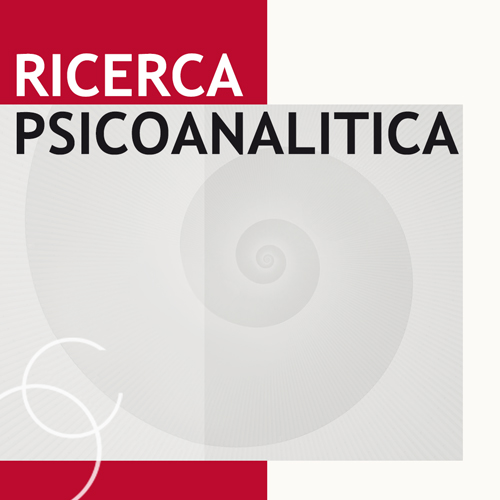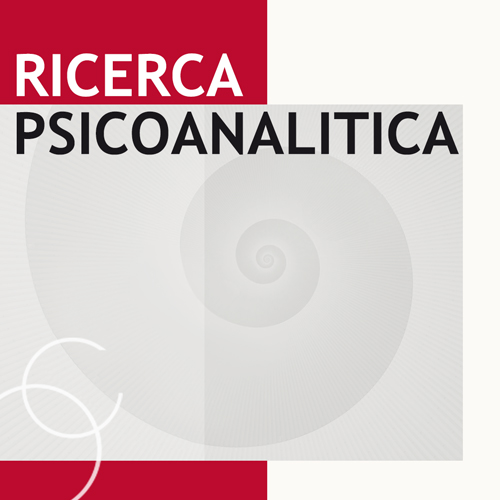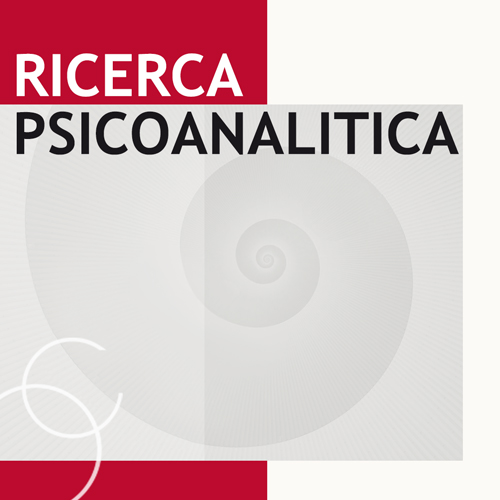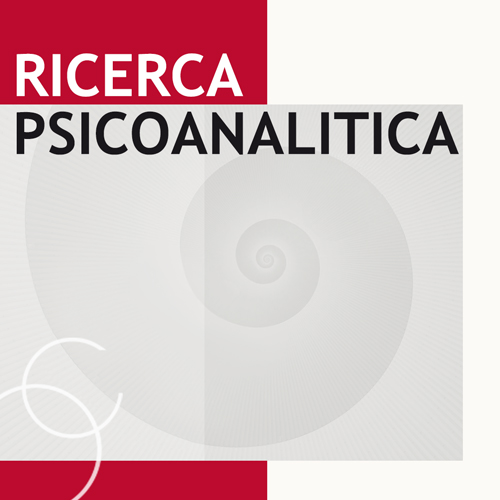Dialogo Aperto - un nuovo approccio psicoterapeutico e orientato ai diritti umani per costruire servizi psichiatrici umanistici
Ricevuto: 17 febbraio 2021
Accettato: 1 maggio 2021
Pubblicato: 22 dicembre 2021
Accettato: 1 maggio 2021
Abstract Views: 3624
PDF: 356
PDF (English): 153
PDF (English): 153
Publisher's note
All claims expressed in this article are solely those of the authors and do not necessarily represent those of their affiliated organizations, or those of the publisher, the editors and the reviewers. Any product that may be evaluated in this article or claim that may be made by its manufacturer is not guaranteed or endorsed by the publisher.
All claims expressed in this article are solely those of the authors and do not necessarily represent those of their affiliated organizations, or those of the publisher, the editors and the reviewers. Any product that may be evaluated in this article or claim that may be made by its manufacturer is not guaranteed or endorsed by the publisher.
Articoli simili
- Irene Lumina, Lo psicologo a scuola. L’incontro con ‘quel soggetto’ tra relazioni, complessità e aspetti deontologici , Ricerca Psicoanalitica: V. 35 N. 1 (2024)
- Giuseppe Fulco, Un approccio interdisciplinare allo studio della coscienza , Ricerca Psicoanalitica: V. 33 N. 3 (2022)
- Attà Negri, Miriam Gandolfi, Risposta ai commenti di Negretti e Zanardi al testo ‘Disturbi specifici (della relazione) di apprendimento’ di Gandolfi e Negri , Ricerca Psicoanalitica: V. 35 N. 1 (2024)
- Marco Deriu, Educare ad una maschilità riflessiva: commento ad Alberto Pellai , Ricerca Psicoanalitica: V. 35 N. 1 (2024)
- Maurizio Mistrali, Commento al film: Border – Perdutamente tua (Now, Voyager) , Ricerca Psicoanalitica: V. 35 N. 1 (2024)
- Alberto Pellai, Vero uomo o uomo vero? Quale contributo serve oggi per la prevenzione primaria della violenza di genere e per sostenere la salute mentale di bambini, adolescenti e uomini , Ricerca Psicoanalitica: V. 35 N. 1 (2024)
Puoi anche Iniziare una ricerca avanzata di similarità per questo articolo.

 https://doi.org/10.4081/rp.2021.529
https://doi.org/10.4081/rp.2021.529







